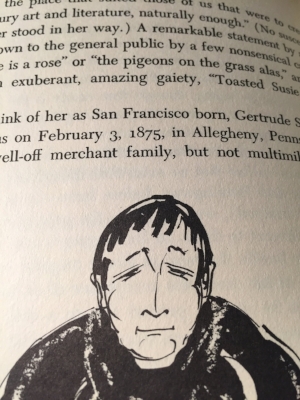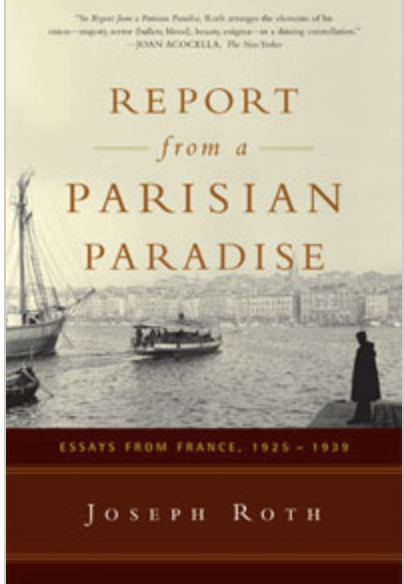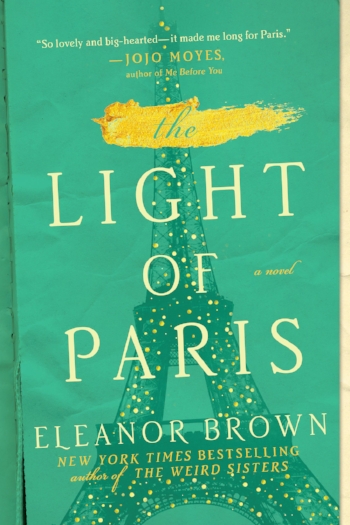About a year ago, I started tweeting out Paris reading recommendations each Tuesday, counting down to the launch of my novel, Paris by the Book. No one is more surprised than I am that I actually kept to this schedule for a year -- though I mostly chose books that I had already read and loved, I included some new titles, too. It made for a lot of reading--a lot of wonderful reading, because it took me back to Paris with each turn of the page.
My personal dogeared copy, preserved by my mom all these years.
*
And now we've reached the grand finale, with a book that's also a movie--The Red Balloon. In fact, purists may fault me for even discussing the book; for them, The Red Balloon, or in French, Le Ballon Rouge, is a movie first and last. But the book is how I came to know, and love, the story of a little boy and the magical balloon that follows him for a brief spell around Paris. (I still have my copy--pictured here--that I received from my godmother ages ago.) And for Lamorisse, the book was its own artistic endeavor, one envisioned from the start--he shot his own stills while shooting the movie. And while it's the same story, not everything syncs up; there's a photo or two in the book that's not in the movie.
The photos are also, for the most part, black and white. Color printing was trickier and more expensive then. Or that's one reason. I have to think, though, that he wasn't entirely displeased by this stricture. The palette of film is also largely gray. Even though it's shot in color, the film resists color in almost every frame.
Save for that balloon. It's enormous and impossibly perfect. In the lowest-tech of special effects, Lamorisse inflated an orange balloon inside the red one during filming to make the color especially vivid. That, plus a coat of shiny lacquer, absolutely work, as anyone who's seen film or book can attest.
Though the film won a golden palm at Cannes when it first came out, it's far better known in the United States (where it won an Academy Award for best screenplay) than it is in France. Whenever I tromp around the neighborhood, Ménilmontant, where it was shot, I see few signs that the neighborhood understands its legendary status.
The Red Balloon is what first took me to Paris. It's what keeps taking me back. It's a mythic Paris, beautiful but also gritty, and in that sense, I think truer to the heart of Paris than any other book or film I know about the city. I know, a grand claim. But it's a grand film. And this has been a grand year of reading. Thanks for traveling with me.











